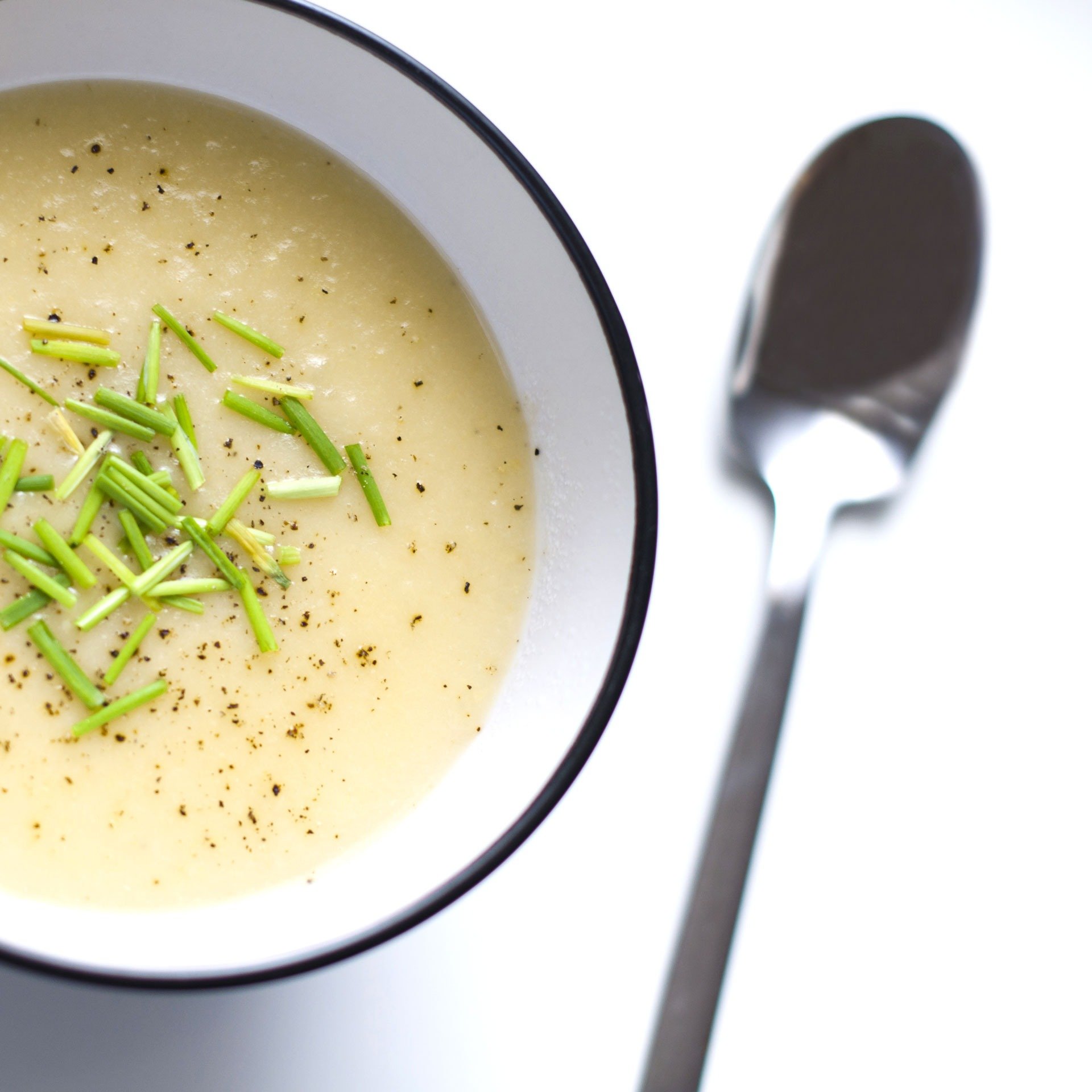Real Food Encyclopedia | Burdock
Burdock (Arctium minus)is the rare plant that has so many beneficial properties that it’s not just good for you, it’s good enough to be considered by many to be medicinal. It can be found in the supplement section of the health food store where you can take it as a powder, a pill, a tea or a tincture. Alternatively, you can feature it as part of a tasty meal.
While burdock is native to Europe and Northern Asia, it is now widespread throughout the United States. It grows so freely it is labeled a weed in some areas where its prolific nature has earned the plant a bit of a reputation. In Japan, parts of Europe, and increasingly in the gardens and farms of the U.S., it is cultivated as a vegetable.
Fun facts about burdock:
- Burdock, like artichoke, is a member of the sunflower botanical family (Asteraceae).
- Burdock is a common ingredient in root beer recipes.
- The tenacious burrs that bloom on mature plants cling to everything they brush against. They were the inspiration for Velcro® hook and loop fasteners.
What to look for when buying burdock
While it’s possible to eat the leaves and stems of the plant, the most commonly eaten part of burdock is the root. You can find it in farmers markets and Asian groceries where it is sometimes labeled “gobo.” Burdock roots look more like something you’d throw on the woodpile than something you’d eat. They are long (often two feet or more) and thin, with a tough brown skin that should be removed before cooking.
Select roots that are about an inch in diameter without a lot of scarring or cracks. Like carrots, they should be firm enough to snap when bent. Soft or rubbery burdock is old and dried out.
Sustainability of Burdock
Burdock is extremely hardy and requires very little in the way of inputs to thrive. It self-seeds and can take over a garden if allowed to do so.
Cultivation
Burdock grows in the wild and can be foraged in most of the United States. You can find it along roadsides, in meadows and in vacant lots where it is allowed to undergo its two-year lifespan. It can be planted as well. To grow burdock, sow it from seed in the spring or early summer in well-drained soil in full-sun or part-shade.
Seasonality
Burdock is a biennial, meaning that it has a lifecycle of two years. In the spring, the small leafy rosettes form. As the plant grows, it sets down deep roots. The second spring, the plant rejuvenates and sends up an impressive stalk, which can range in height from three to over six feet depending on the variety. From the stalk sprout numerous round flowers, which are covered with prickly barbs and purple petals that bloom between the months of June and October.
Eating Burdock
Storing
Fresh burdock can be stored in the refrigerator’s crisper drawer, cut into sections of a manageable length and loosely wrapped in a damp towel or reusable wrap for up to one week.
Cooking
To cook burdock root, you need to clean it meticulously. It’s often crusted with dirt that gets into the skin’s crevices. If you are hand-harvesting very young, tender roots, you can get away with giving them a good scrub. For older roots, over six inches, you would be best to give the root a rinse and use a vegetable peeler to remove the outer layer of the root and the dirt that goes with it.
You can cut up burdock anyway you like. Slice it into coins or strips or julienne or shred the root. It oxidizes quickly, though, so have a bowl of acidulated water (2 cups water mixed with two tablespoons lemon juice) handy and add prepped burdock to it to prevent browning.
You can also eat the leaves and stems of the plant, though they can be quite bitter. The seeds are also used in medicinal preparations.
You can try burdock root in lots of different recipes:
- In Soups and Stews: You can toss burdock in your soup pot or make a lovely Chinese inspired stew.
- Sautéed: Add burdock to your favorite stir-fry.
- Braised Kinpira: a traditional Japanese side dish of burdock and carrot.
- Pickled: Burdock is often pickled and use in sushi, but this pickle from Karen Solomon’s “Asian Pickles” stands on its own.
- As a Soda: The Brits enjoy it as a soft drink, similar to root beer.
- As Tea: You can buy burdock tea bags to take as a health tonic or brew up your own.
Preserving
Burdock can be shaved into slivers and dried to be added to soups or stews or brewed into tea. It can also be pickled.
Nutrition
The plant is used in traditional Chinese medicine to treat a variety of conditions ranging from constipation to mumps. Burdock contains phenolic acids, quercetin, and luteolin, which are all powerful antioxidants and the plant is often sought out for its detoxifying abilities. Burdock contains inulin, a natural dietary fiber that improves digestion and promotes the growth of beneficial bacteria in the gut.
Top photo by kei u/Adobe Stock.


